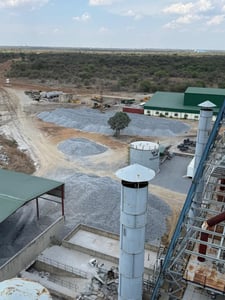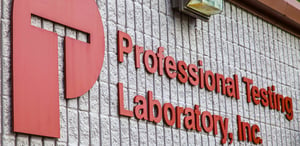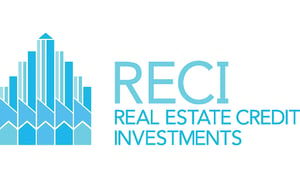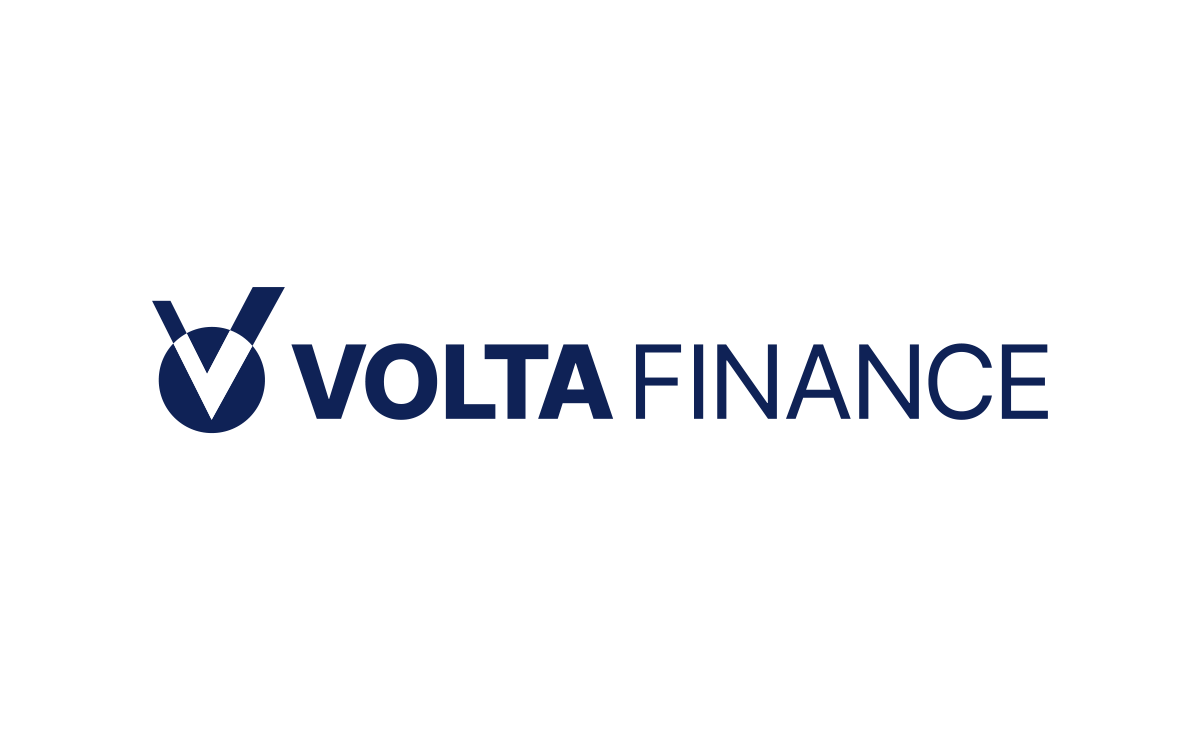In the ever-evolving world of investment, where healthcare remains a sector of enduring interest, Worldwide Healthcare (WWH.L) stands as a particularly intriguing entity. Despite its substantial market capitalisation of $149.05 billion, the company presents an unusual scenario for investors, marked by an astonishing 99% price change that has seen it reach a current price of 304 GBP. This surge, set against a 52-week range of 2.86 to 371.00 GBP, invites a closer look at what underlies such dramatic movements.
At first glance, one might expect a company of this stature to offer a wealth of financial data, providing a clear picture of its operational health and market prospects. However, Worldwide Healthcare seems to defy conventional analysis, with key valuation metrics such as P/E ratios, PEG ratios, and price-to-book values conspicuously absent. This lack of data extends to performance metrics as well, with no available figures for revenue growth, net income, or free cash flow. This opacity is compounded by the absence of dividend information and any meaningful analyst ratings or price targets.
The company’s technical indicators, however, provide some insight into its recent market behaviour. The 50-day moving average sits at 235.86 GBP, while the 200-day moving average is higher at 310.69 GBP, suggesting some volatility. The Relative Strength Index (RSI) of 57.63 indicates a moderate level of momentum, neither overbought nor oversold. Meanwhile, the MACD reading of -76.96, against a signal line of -55.03, suggests a bearish trend might be in play.
For investors, the enigmatic nature of Worldwide Healthcare poses both a challenge and an opportunity. The lack of traditional financial metrics means that typical fundamental analysis is difficult, pushing investors to rely on technical indicators and perhaps more speculative reasoning. The dramatic price change and market cap size hint at significant underlying developments, but without additional data, these remain speculative.
This scenario underscores the importance of comprehensive due diligence. Investors should seek additional information, perhaps from industry reports or broader market trends within the healthcare sector, to inform their decisions. Additionally, the absence of analyst coverage could mean less market competition in terms of information, presenting a potential opportunity for those willing to delve deeper.
Ultimately, while Worldwide Healthcare’s current situation may seem perplexing, it also exemplifies the complexity and potential within the healthcare market. For individual investors, this could be a moment to reassess how they approach investments in sectors where transparency and data availability can vary significantly. As always, balancing the allure of potential high returns with the inherent risks of limited information is key to making informed investment decisions.








































